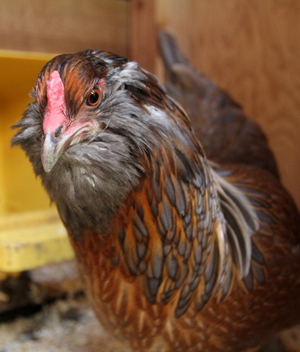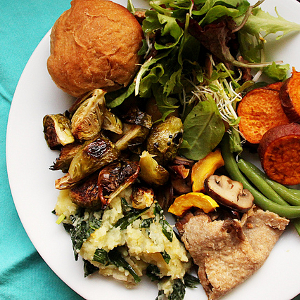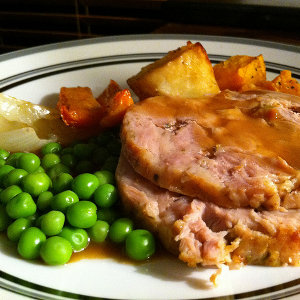Sous vide cooking, once the plaything of avant-garde chefs, is now available for the home cook. Will the technology become as indispensable as the microwave or will the newfangled device go the way of the Salad Shooter?
The refrigerator was arguably the first technology to revolutionize the home kitchen. Keeping things cold or frozen opened up a new world of possibilities for the home chef. Then came the microwave. My family’s first microwave was about the size of a small car, but it seemed so modern and exciting. I can heat up water in 30 seconds? Magic! Other culinary technological marvels followed: the food processor, the bread machine and the immersion blender.
In the 1990s, with the rise of molecular gastronomy (the application of scientific techniques and tools to cooking), the professional kitchen jetted ahead of the home kitchen. A growing number of chefs now look to the laboratory and science to render their culinary creations.
The current darling of the molecular gastronomists is sous vide cooking; slow cooking food in vacuum-sealed bags. The technique yields meat so wonderfully tender that mainstream chefs, not just the elite, have embraced it.
A sous vide machine is essentially a glorified water bath. What’s different is that the device holds the water at a precise temperature for long periods of time. The food is sealed in food-grade plastic bags that don’t allow moisture (and flavor) to escape and prevents water from entering. The technique can sound somewhat absurd (what’s wrong with an oven?), but the results are remarkable. Cooking low and slow produces meat that is more tender, flavorful and juicy than that of other more 20th-century cooking techniques.
Now the home chef can play along with the likes of Manresa’s David Kinch and Baume’s Bruno Chemel and produce ridiculously tender, 72-hour spare ribs and other slow-cooked wonders. The SousVide Supreme is the first sous vide cooker targeted for the home cook. Restaurant quality machines sell for thousands of dollars, but the Sous Vide Supreme checks in for $400 and looks no bigger than, well, a bread machine.
Those who want an even cheaper solution can rig a rice cooker with a temperature-controlling device. Hook the two together, and the result is a poor-man’s, MacGyver-style sous vide device. But for consistency and ease of use, the SousVide Supreme (and the smaller SousVide Demi model) is the way to go.
I got a chance recently to experience a SousVide machine in action. I’ve long admired the L’Arpege-style egg that Manresa Restaurant served to start each meal. The single, soft-boiled egg is delicately seasoned with sherry vinegar, cream, maple syrup and sea salt. It’s served with the top of its shell delicately removed, allowing diners to spoon out the runny deliciousness and contrasting salty, sweet and rich flavors.
I never thought of making it at home, because I didn’t think I could. But eggs cooked in the SousVide Supreme are just as good, just as supremely creamy and rich. I had eggs cooked overnight at 65 degrees (more than 10 hours) that were easily the best soft-boiled eggs I’ve ever tasted. Add in some eggs from backyard hens, and the dish is something really special.
Granted, 11-hour eggs aren’t something one is going to make on a regular basis, but because the sous vide cooker allows home chefs to cook many eggs at once, it’s a great choice for dinner parties or a mother’s day brunch. And eggs are only the beginning. Sous vide cooking really shines when done with thick cuts of beef or lamb.
Will the SousVide Supreme find a place on kitchen countertops next to toaster ovens across America? Not likely. But for early-adopter, technophile home cooks the SousVide Supreme is the coolest thing since the battery-powered cheese grater.

 Branching Out
Branching Out  Dodgeball Growing in San Jose
Dodgeball Growing in San Jose 








